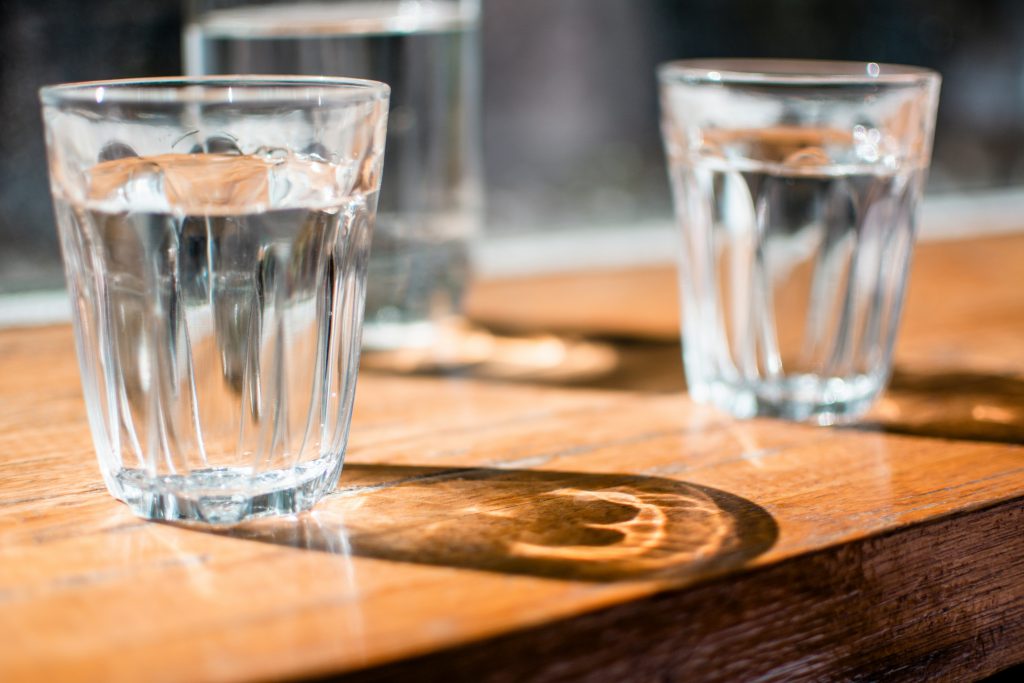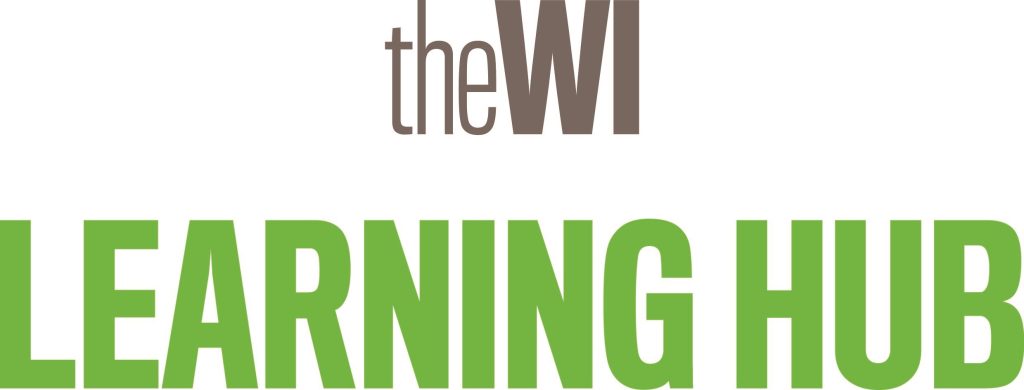This content was created in partnership with England Netball & TheWellHQ
This Nutrition and Hydration week (11-17 March 2024), we are proud to share some useful resources and information courtesy of England Netball & TheWellHQ.

Question #1: do you drink enough water throughout the day? Yes / No / Maybe
Some detail: did you know that you are mostly water? That nearly every system in your body needs water to function? That you lose water when you cry, sweat, bleed and pee? That you even lose water when you breathe and sleep?
Question #2: are you sure you drink enough water throughout the day?
Little and often
So, the first thing to say is that you should be drinking water steadily all day. Consistently, all day. Regular swigs.
Many of us stick to the old pint for breakfast, one for lunch and a third for dinner routine but that doesn’t cut the mustard. The body needs a steady and constant supply because it absorbs and uses what it needs at any one time – and then gets rid of the rest. Necking a pint every three or four hours will do some good for a short window of time, but its biggest achievement, really, will be filling your bladder and inducing the need for a six-minute pee.
No, the optimum way to hydrate is to have a glass of water on the go for most of the day and to keep swigging from it regularly. It’s a behaviour, so be mindful of practising it. We all know what practice makes …
If you want to know whether or not you’re getting enough water onboard, then try some trusty pee tests.
- Time: you should be going every three to four hours.
- Duration: pee-flow should last between eight and twelve seconds.
- Colour: Pale straw yellow – that’s the fellow. Yellowy-orange and … what rhymes with orange? Either way, pale pee is good. Darker pee is your body saying it needs more water.
Your body gets unhappy when it starts to run dry, and there are several ways it complains. The most obvious is making you feel thirsty … but thirst is actually quite an extreme bodily response. Really, you don’t want to let it get to that stage.
The water of life (stages)
Women at various lifestages can get a bit nervous about hydrating to the max given the implications for their pelvic floor and the likelihood of leaking.
Best we say it bluntly: drinking less water doesn’t mean you’ll leak less. Drinking less water is not a solution for anything. Pelvic floor dysfunction needs attention and you can read more about the hows and whys of it in our pelvic floor section.
It’s particularly relevant to state this here because pregnant women and women going through menopause are particularly likely to have pelvic floor dysfunction … yet they need more water than ever on account of their changing thermostat.
Basically, pregnant and midlife women struggle to regulate their body temperature. Drinking water, then, is essential because it’s now your cooling system. Hydration is about the best weapon we have against overheating.
Breastfeeding women, too, need to increase their water intake as you lose water every time baby needs to nuzzle.
The last drop
- Drink water.
- Do it consistently throughout the day – it’s not a one-and-done at mealtimes.
- Drink more during workouts. Drink more in the second half of your cycle. Drink more during your period. Drink more during pregnancy, breastfeeding and menopause.
- Drink more water.
- Are you drinking water yet? Drink more water.
For more female health support across a variety of life stages head to: www.netballher.co.uk
The information contained on this website is for general information purposes only and is not intended to provide health advice, diagnose, treat, cure or prevent disease. Always seek medical advice.



